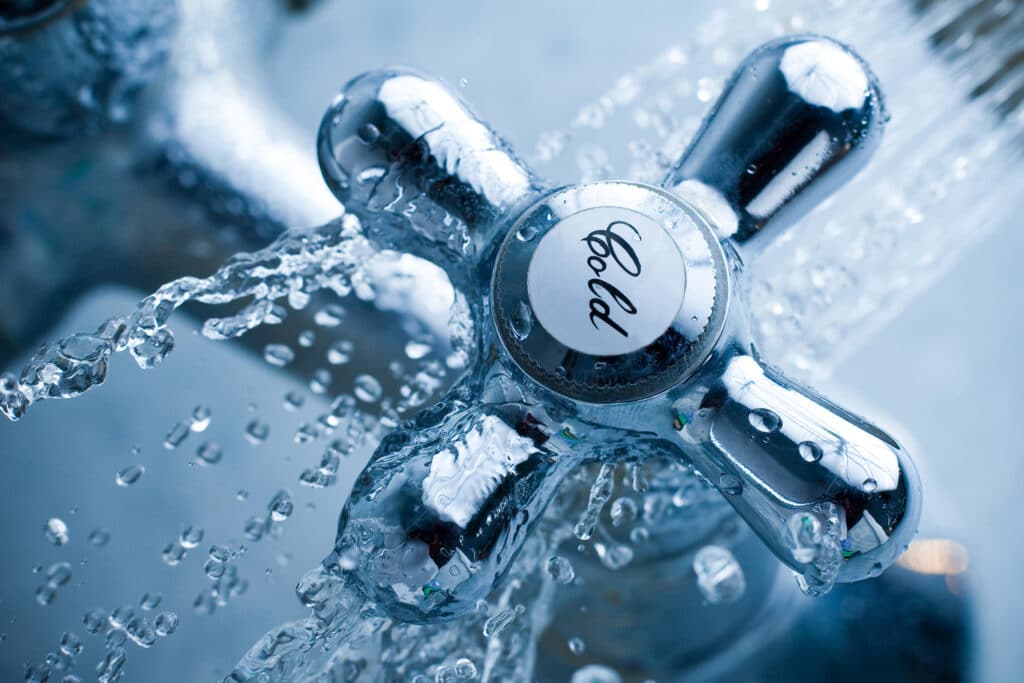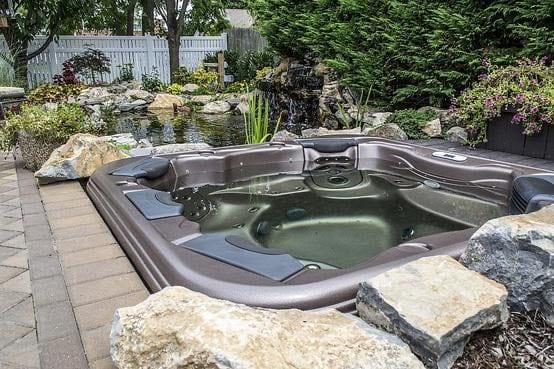If you are an athlete, you’ve probably heard someone recommend taking an ice bath after a strenuous workout. But wouldn’t a quick, refreshing, cold shower be just as effective? There are certainly perks to both. However, it ultimately depends on what your fitness and wellness goals are and what you’re looking to achieve with cold water therapy.
The Difference Between an Ice Bath and a Cold Shower
Ice baths and cold showers are pretty self-explanatory. A cold shower is when you take a shower using cold water, while an ice bath is when you soak in a tub full of water and ice. They share a similar goal, though: to help boost health, wellness, and muscle recovery by reducing inflammation and swelling and increasing blood circulation.
What You’ll Get Taking a Cold Shower
There are some benefits to opting to take a cold shower over an ice bath, like:
- More immediate access: Most gyms are more likely to offer showers over an ice bath. And, of course, you’ll have your shower at home.
- An easy introduction to cold water therapy: If you’re just starting out with cold water therapy, cold showers are a gentle way to adopt the practice.
- Recover plus refresh: You’ll probably need to take a shower after exercise, anyway. Why not kill two birds with one stone by making it a cold one?
However, there are a couple of downsides to cold showers, including:
- Lack of temperature control: While you have a bit more control over the heat, it’s hard to get your water temperature as cold as an ice bath. So it may not be as effective.
- Hard to keep your body “submerged”: With a cold shower, rather than sitting submerged in the cold water, it’s really only trickling down your body. This, too, may make it less effective.
What You’ll Get with Cold Plunge Pool Use
With an ice bath, some benefits you can expect include:
- Get a deeper, colder soak: In a Forbes Health article on cold plunges, Dr. Craig Van Dien, M.D., recommends that the water for a cold plunge be between 50 to 59°F to be most effective for muscle recovery. If you can’t get your shower to get that cold, you can with an ice bath or plunge pool designed for ice bathing.
- Full-body cold water therapy: Since you can actually submerge yourself in a plunge pool, you can more effectively target certain parts of your whole body. This is ideal for athletes with injuries.
- Designed specifically for muscle recovery: The primary purpose of taking an ice bath is muscle recovery. Vessels like plunge pools are designed to specifically meet this need, whereas your common shower stall is not.
There are some challenges, though, like:
- Not widely available: Ice baths and plunge pools just aren’t as widely available as home or gym showers. However, you can easily remedy that unfortunate issue by installing a plunge pool in your backyard, home, or home fitness center.
So Which Is More Effective for Recovery?
After comparing the two cold water therapy methods here, plunge pool ice baths are more effective than cold showers for muscle recovery. While cold showers are great for daily use and easing into the practice, you’re just not going to get the submerged, targeted therapy soak like you would with a cold plunge. You have more control over reaching the ideal temperature needed with a cold plunge pool. Plus, they’re designed specifically for muscle recovery.
If muscle recovery and advanced wellness support is your goal, invest in a cold plunge pool from Colorado Custom Spas today. We offer both the Alps and the Kilimanjaro plunge pools from Passion Spas®. You can also schedule a wet test to see if cold water therapy is right for you.













